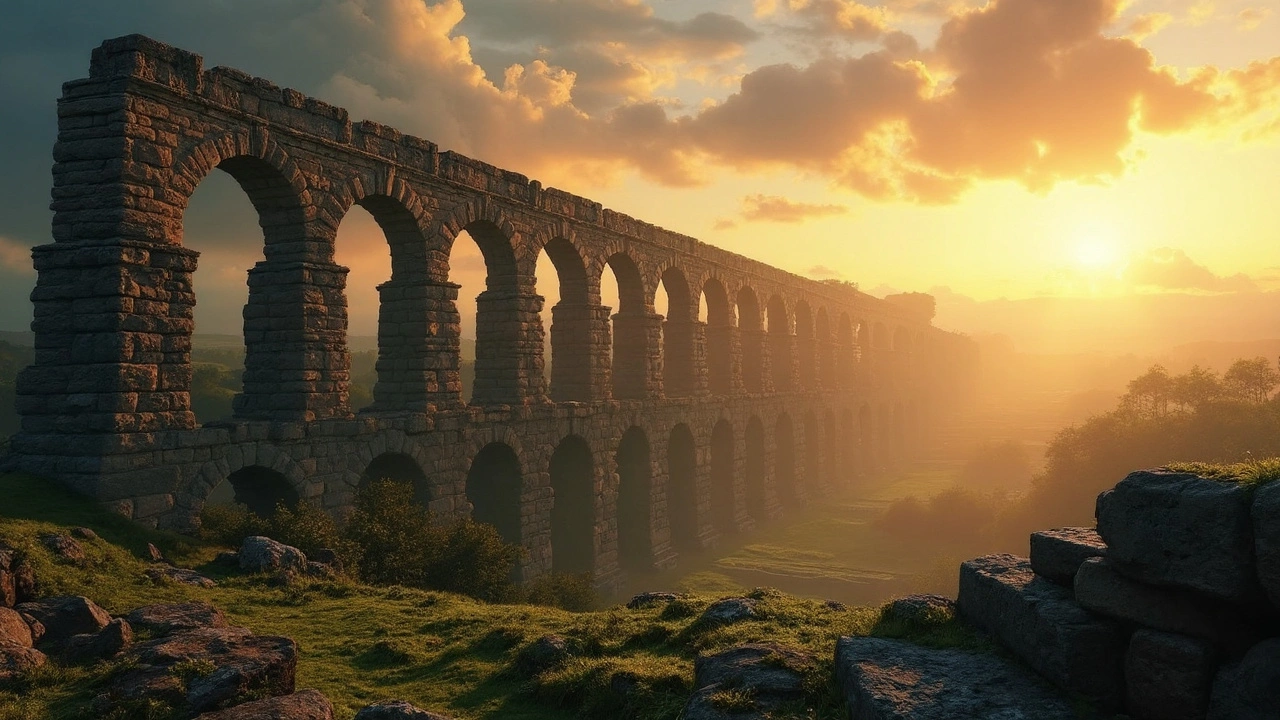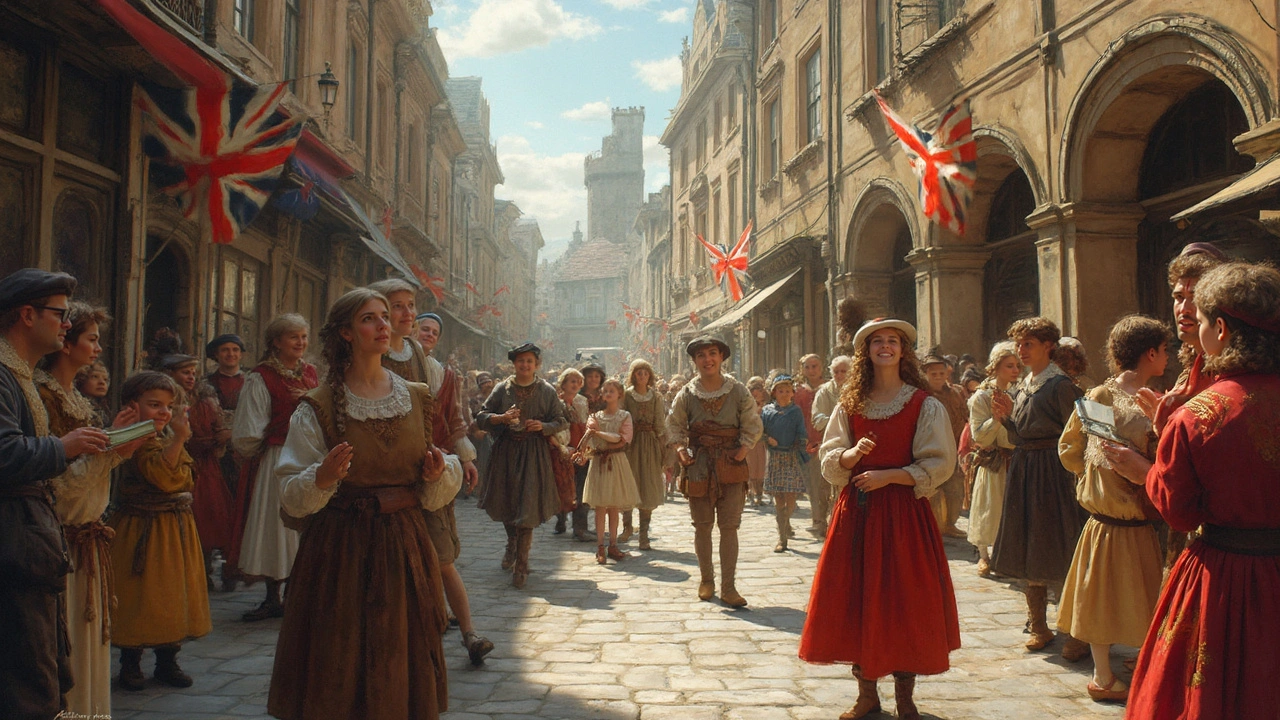Innovation in Art & Architecture
Innovation in art and architecture means finding new ways to solve problems, tell stories, and shape how people live. On this site you'll find examples from Roman engineering to postmodern experiments and modern tech minimalism. Each style shows a different kind of innovation—structural tricks, fresh materials, social ideas, or a new way to use old forms.
Roman builders used concrete and arches to span huge spaces and move water across landscapes. That kind of practical inventiveness still matters when cities update bridges, tunnels, or public baths. Byzantine and Renaissance designers mixed aesthetics with engineering to create domes and vaults that looked like art and worked like machines.
Revival movements like Gothic Revival or Greek Revival show that innovation can come from rethinking the past. Architects took old details and used them in new contexts, creating buildings that feel familiar but act differently in modern life. That approach is useful today when budget limits or heritage rules push designers to adapt instead of replace.
Postmodern and expressionist architects pushed boundaries by mixing styles, adding color, or bending shapes. Their work reminds us that innovation can be about emotion and surprise, not just efficiency. Meanwhile, Beaux-Arts and Baroque pushed technical skill and ornament to new heights, teaching lessons about scale and user drama.
If you want to spot innovation on a trip or in your neighborhood, look for three simple signs: new ways to use materials, clever structural solutions, and unexpected combinations of old and new styles. Concrete with thin shells, steel frames that free up interiors, or a classic facade hiding modern insulation are clues.
Want practical ways to bring innovation into your projects? Start small. Try a material swap—use reclaimed wood or low-carbon concrete. Think about user needs: can a hallway double as a social space? Use lighting and color to change perception without huge costs. For restoration, keep character but add modern systems like better insulation and discreet tech.
Technology and design cross over often. Minimalism in tech shows how reducing clutter improves function and focus. Functionalism in society and design reminds us to match form to purpose. When architects work with engineers and social planners, the result is often more useful and surprising spaces.
If you're researching, read case studies from Beaux-Arts restorations, Roman aqueduct repairs, or postmodern renovations. Visit buildings with visible retrofits—Georgian homes with modern additions or Gothic churches with new lighting. Take notes on what feels new and why it works.
Innovation isn't only about flashy forms. Sometimes it's a small change that makes daily life easier. Pay attention, ask why a building feels different, and you'll start to see how designers turn old ideas into something new.
How to study innovation
Study innovation the same way you study art: look closely, ask simple questions, and copy what works. Photograph details, sketch how pieces join, note materials and light. Talk to builders or guides about choices and costs. Try small experiments at home: plant a green wall, test a compact layout, or swap one material.

Ancient Roman Architecture: Inside Its Monumental Legacy
Ancient Roman architecture didn’t just change the way buildings looked—it redefined what was possible. This article digs into the remarkable legacy of Roman engineering, spotlighting what made their designs last and how they still shape modern construction. Get tips on recognizing genuine Roman features and find surprising facts about structures like the Colosseum and aqueducts. See why the practical side of Roman genius matters today, and catch a few hacks for spotting Roman influence wherever you go. Dive deep into a world where bricks, arches, and concrete weren’t just materials—they were game-changers.
Read more
Renaissance Unpacked: A Real Look Back in Time
Take a down-to-earth stroll through the Renaissance, exploring what really went on behind the famous art, science, and wild ideas of the time. Find out how teenagers inspired artists, why street games mattered, and how some ideas shaped the modern world. Get surprising facts, straight talk, and a fresh way to see an old era. Even if you’ve never admired a painting, you’ll walk away with tips to actually use today.
Read more